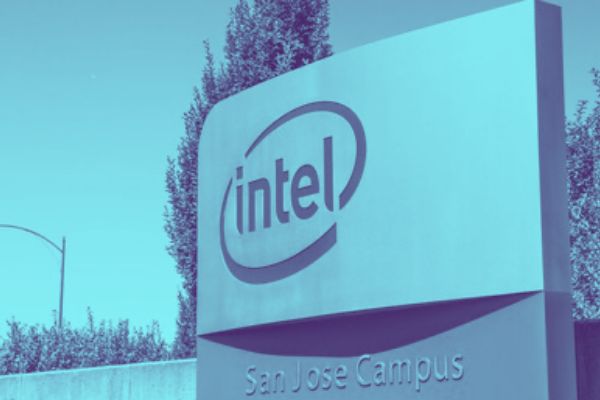Since 2017, malware attacks such as “cryptojacking” have become a lucrative business. After hijackers gain access to a computer, they use the processing power to mine cryptocurrency. As cryptojacking continues to threaten every-day computer users, BlackBerry and Intel have stepped in to mitigate the issue.
Stopping CryptoJacking
It’s been reported that BlackBerry and Intel have joined forces to stop cryptojacking. BlackBerry is excited to release “BlackBerry Optics v2.5.11.00” which contains cryptojacking and cryptomining detection. The program is able to assess intel-based commercial PCs and detect these illicit activities. Within Windows 10 operating systems, BlackBerry will leverage its “Optics Context Analysis Engine” with CPU telemetry from “Intel Threat Detection Technology” to detect cryptojacking. It’s worth noting that the detection technology is designed so companies can experience easy configurations, with zero processing impact.
Josh Lemos, VP of Research and Intelligence stated that:
“With our new cryptojacking detection and response capabilities, we’re looking to make this practice a thing of the past, providing enterprises and their employees with a turn-key solution that will enable them to thwart cryptojacking attempts and ensure their software and hardware are used for their intended purposes. The days of exploiting unsuspecting users for free CPU time are over.”
CryptoJacking In Further Detail
In simplest form, cryptojacking occurs when somebody maliciously uses computer processing power without the computer owner knowing. One of the most popular ways this occurs is when a person clicks on malicious emails. After doing so, the malware enters the computer and applies cryptomining code. As mentioned above, the owner of the computer has no idea this is happening. As the code starts to use the infected computer for cryptocurrency mining, the computer owner will be using the computer like nothing ever happened. Some of the “symptoms” that you could be exposed to cryptojacking include slower computer performance, or changed behaviors in computer executions.
Many argue that cryptojacking has slowed down over the years due to cryptocurrency price volatility. According to a “Positive Technology Cybersecurity” report, cryptojacking leveled off in 2019. In 2019, cryptojacking only accounted for 7% of all attacks, down ~65% from 2018. Price volatility in digital assets seems to be the main issue for hackers right now. They have continued to pursue ransomware until cryptojacking can prove to be more profitable. Despite the drop off in 2019, cryptojacking has still seen significant growth since inception. ISTR reports show 34,000% increases in 2017 cryptojacking activities, and many believe these malware attacks are still in their infancy.
Been Very Relevant In 2020
So far this year, Visionary Financial has covered a few cryptojacking events in the industry. Some of the most recent activities include:
Cryptojacking Infecting Supercomputers – cryptojacking malware infecting supercomputers in Switzerland, Germany, UK, and Spain. The hackers exploited various login nodes to install the malware.
Cryptojackers Sadly Taking Advantage Of Kobe Bryant’s Death – Criminals embedding malicious HTML inside a desktop wallpaper displaying Kobe Bryant. Once a user downloaded the specific wallpaper, the cryptojacking code would be installed to use the computer’s processing power.
How To Protect Yourself
It’s important to stay proactive to reduce your chances of becoming a victim. Whether you’re a business owner or individual, some of the popular steps you can take include:
- Installing ad blockers on your computer
- Consistently keep your systems updated to latest versions
- If you own a business, always educate employees on tactics like cryptojacking
- Apply various network systems that can detect excessive computer utilization
- Many people will block URL/IPs from domains relating to crypto-mining pools
Image Source: Shutterstock
Notice: Information contained herein is not and should not be construed as an offer, solicitation, or recommendation to buy or sell securities. The information has been obtained from sources we believe to be reliable; however no guarantee is made or implied with respect to its accuracy, timeliness, or completeness. Authors may own the crypto currency they discuss. The information and content are subject to change without notice. Visionary Financial and its affiliates do not provide investment, tax, legal or accounting advice. This material has been prepared for informational purposes only and is the opinion of the author, and is not intended to provide, and should not be relied on for, investment, tax, legal, accounting advice. You should consult your own investment, tax, legal and accounting advisors before engaging in any transaction. All content published by Visionary Financial is not an endorsement whatsoever. Visionary Financial was not compensated to submit this article Please also visit our Privacy policy; disclaimer; and terms and conditions page for further information.

